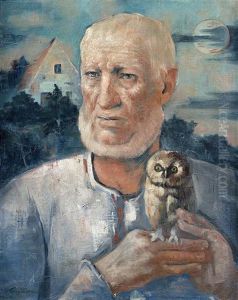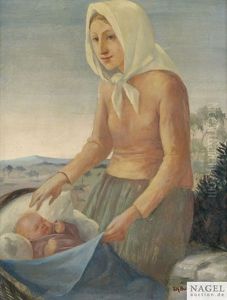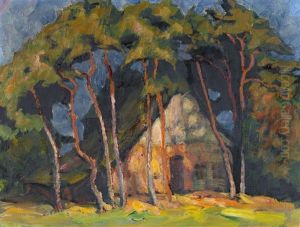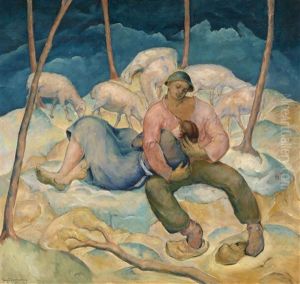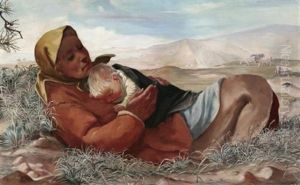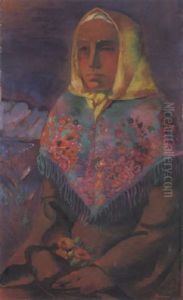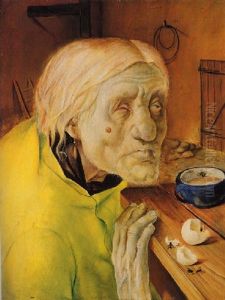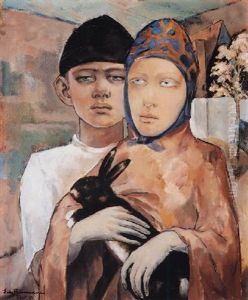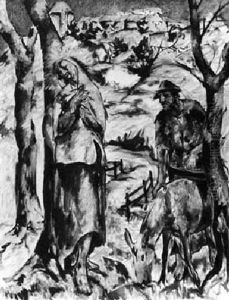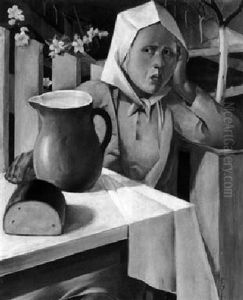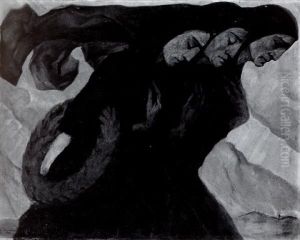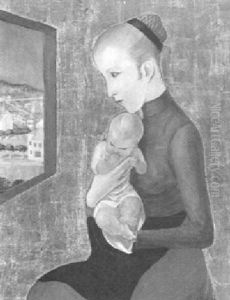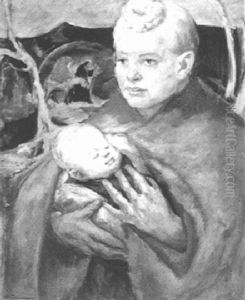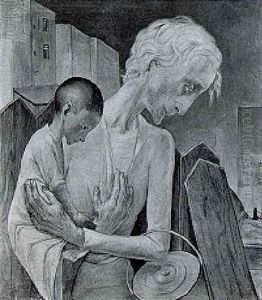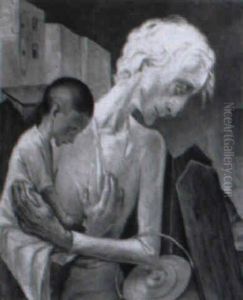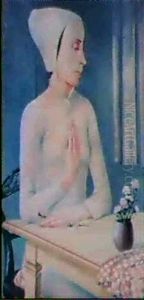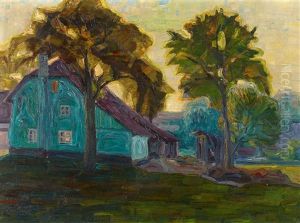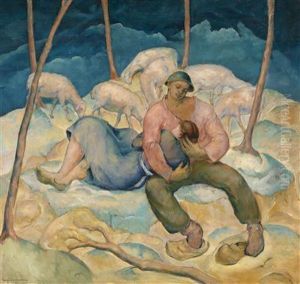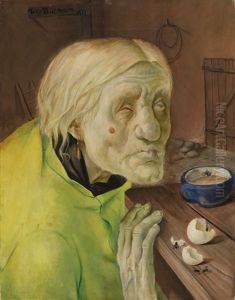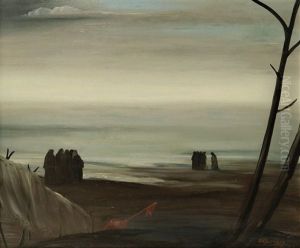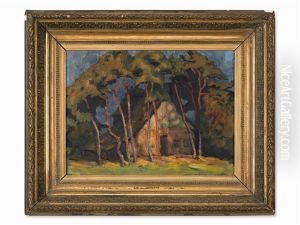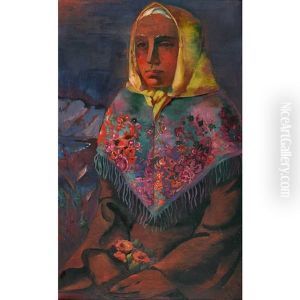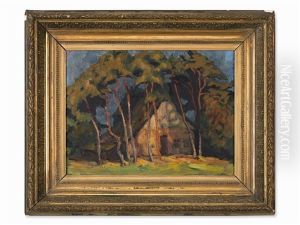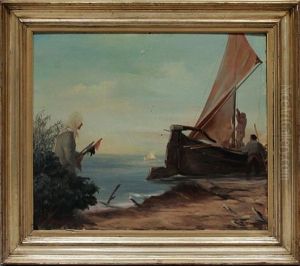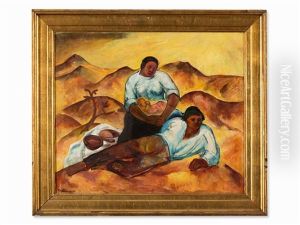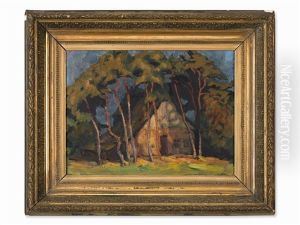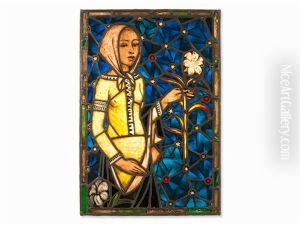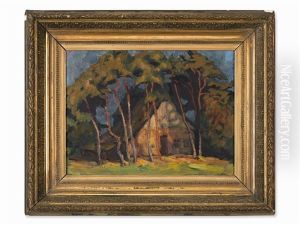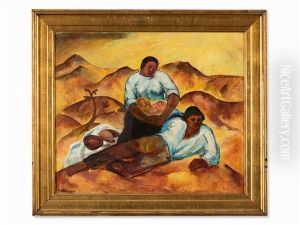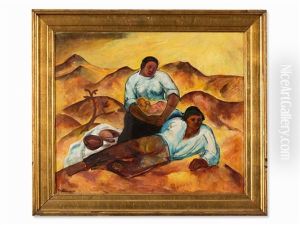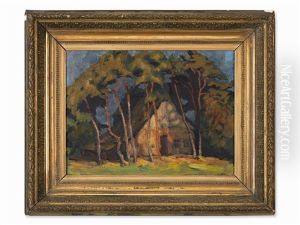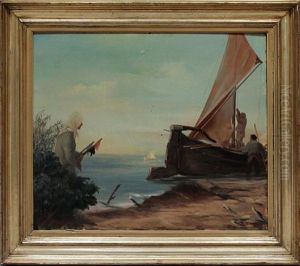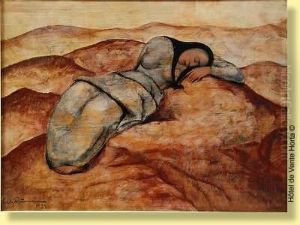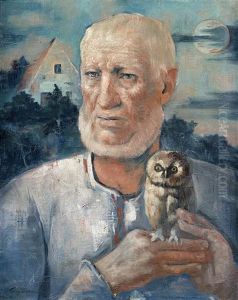Fritz Burmann Paintings
Fritz Burmann was a German artist known for his contributions to painting, particularly within the sphere of Expressionism and New Objectivity movements. Born on July 29, 1900, in Siegen, a town in the Westphalia region of Germany, he was part of a generation of artists who came of age during a period of significant social and political upheaval, which included the aftermath of World War I, the rise of the Weimar Republic, and the lead-up to World War II.
Burmann's early work was marked by the influence of Expressionism, a movement that sought to depict the world through a subjective lens, often emphasizing emotion and individual perspective over realistic representation. His paintings from this period might be characterized by bold colors, dynamic brushstrokes, and a certain emotional intensity. However, as his style evolved, it began to reflect elements of the New Objectivity (Neue Sachlichkeit) movement, which emerged in Germany in the 1920s as a counterpoint to Expressionism. This movement was characterized by a more sober and realistic approach to representation, often with a focus on social critique.
Throughout the 1920s and 1930s, Burmann's work would have likely engaged with the social and political context of Weimar Germany, an era marked by economic hardship, political extremism, and cultural innovation. Artists of the New Objectivity movement often depicted the realities of urban life, the plight of the working class, and the decadence of the bourgeoisie, serving as sharp commentators on the society around them. Burmann may have been part of this artistic conversation, using his art to explore the complexities of the human condition within the context of his time.
The rise of the Nazi regime in the 1930s and the onset of World War II would have profoundly affected Burmann, as it did all German artists. Many were forced to conform to the Nazis' aesthetic preferences, which rejected both Expressionism and New Objectivity as 'degenerate art,' or to cease working altogether. Some artists went into exile, while others attempted to navigate the treacherous waters of creating art under a totalitarian regime.
After the war, Burmann, like many German artists, would have had to grapple with the legacy of the Nazi period and its impact on German culture and society. The post-war years were a time of rebuilding and reevaluation for artists in Germany, as they sought to find their place in a changed world and to address the traumas of the recent past.
Fritz Burmann's contributions to art would have been part of a larger story of resilience and creativity in the face of adversity. His paintings, whether reflective of the inner turmoil of Expressionism or the critical eye of New Objectivity, would have offered a unique window into the challenges and experiences of his time.
Fritz Burmann passed away on November 30, 1984, leaving behind a body of work that captured the tumultuous history of the 20th century through the lens of German art. His legacy, like that of many artists of his generation, speaks to the power of art to confront, critique, and reflect upon the most pressing issues of its day.


